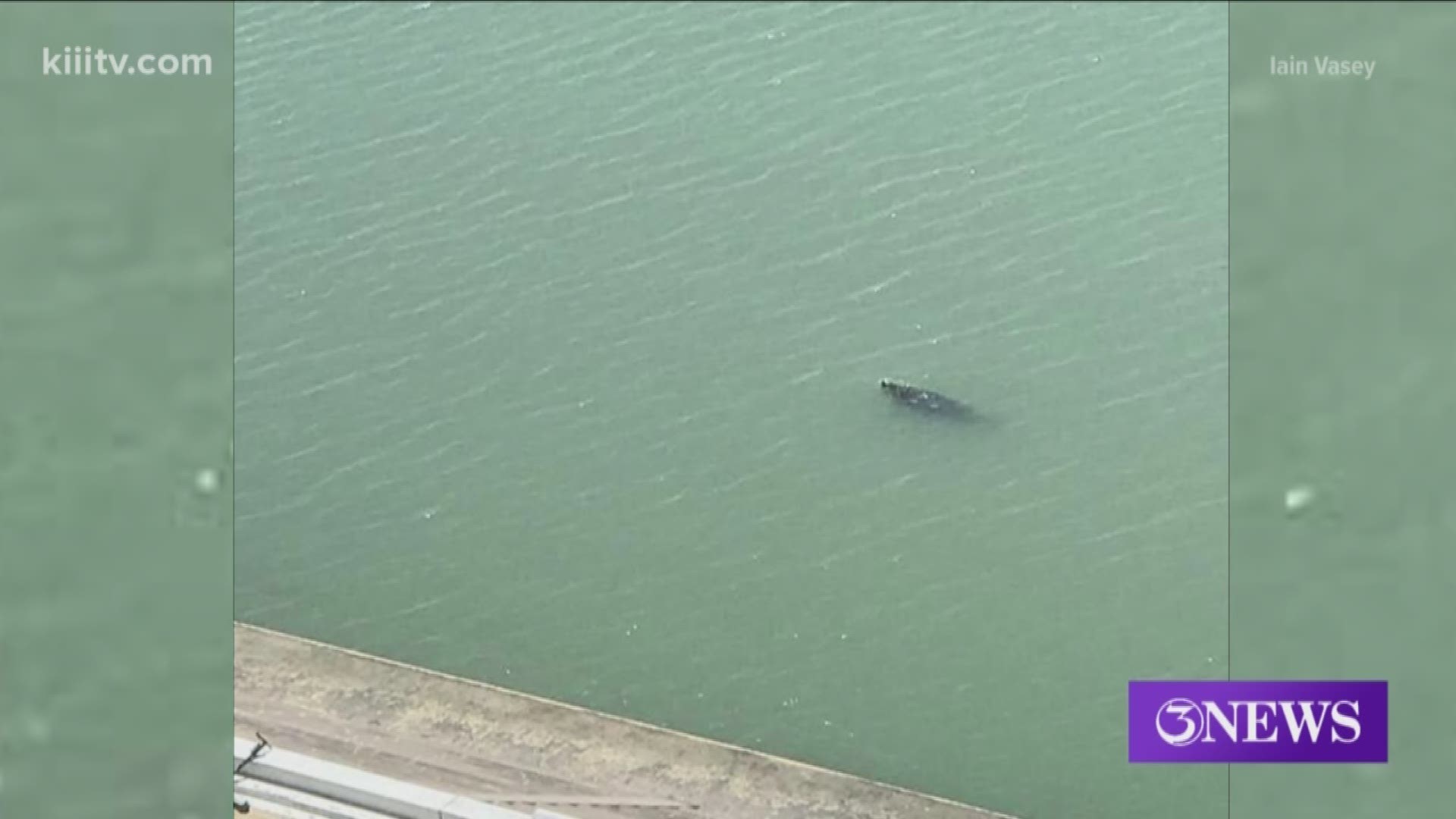AUSTIN, Texas — New fossil evidence shows manatees may have called the Texas coast home during the Ice Age period.
While the gentle sea cows do not live year-round in Texas, they are known to occasionally visit for a “summer vacation” from Florida and Mexico before returning to warmer waters for the winter.
Researchers at the University of Texas at Austin and Sam Houston State University found fossil evidence of manatees along the Texas coast dating back to the most recent Ice Age. They say the discovery raises questions whether manatees have been making the visit for thousands of years, or an ancient population of manatees once called Texas home between 11,000 and 240,000 years ago.
“This was an unexpected thing for me because I don’t think about manatees being on the Texas coast today,” said Christopher Bell, a professor at the UT Jackson School of Geosciences. “But they’re here. They’re just not well known.”


The fossils include manatee jawbones and rib fragments from the Pleistocene that were collected from McFaddin Beach near Port Arthur and Caplen Beach near Galveston. They were collected within the past 50 years by amateur fossil collectors who donated their findings, researchers said.
“We have them from one decade to another, so we know it’s not from some old manatee that washed up, and we have them from different places,” Sam Houston State University Natural History Collections curator William Godwin said. “All these lines of evidence support that manatee bones were coming up in a constant way.”
Some of the bones belong to the same species of manatee that visits the Texas coast today, while an upper jawbone was found to belong to an extinct form of the manatee, Trichechus manatus bakerorum.
PEOPLE ARE ALSO READING:

